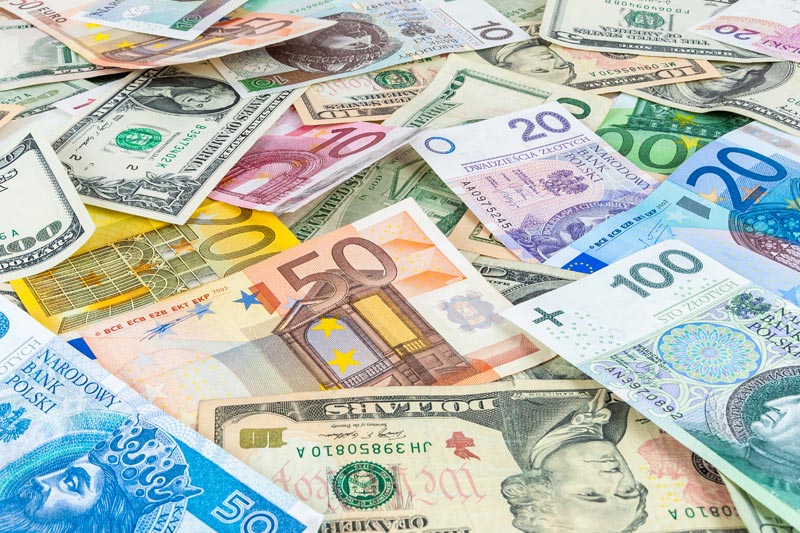Investing.com - The Australian dollar inched up against its U.S. rival during Thursday’s Asian despite some signs that may point to further downside for the suddenly downtrodden Aussie.
In Asian trading Thursday, AUD/USD nudged up 0.02% to 0.9901. The pair was likely to find support at 0.9878, Tuesday's low and an 11-month low and resistance at 1.0004, Tuesday's high.
The Aussie continues to labor near 11-month lows, and below parity, after Australian Treasurer Wayne Swan said earlier this week he believes the world’s 12th-largest economy will grow 2.75% over the next year, a forecast that is below is below the 3% most market participants have become accustomed to.
The rising Aussie and tumbling export prices have put Australia in a position where a budget surplus is unattainable for the current fiscal year. Although the economy there has averted recession for more than two decades, there are concerns that the end of the mining boom will not be met by support from other sectors of the Australian economy.
On Wednesday, official data showed that new motor vehicle sales in Australia dropped 1.6% in April, after a 0.5% fall the previous month.
A separate report showed that Australia's wage price index rose 0.7% in the first quarter, less than the expected 0.8% increase, after a 0.8% gain in the previous quarter.
Those data points indicate that while the Australian economy is still in sturdy form, it might take several months before the Reserve Bank of Australia's latest interest rate cut begins to positively impact the economy.
Elsewhere, AUD/JPY fell 0.10% to 101.13. AUD/NZD dropped 0.17% to 1.1990 while GBP/AUD inched down 0.05% to 1.5387.
In Asian trading Thursday, AUD/USD nudged up 0.02% to 0.9901. The pair was likely to find support at 0.9878, Tuesday's low and an 11-month low and resistance at 1.0004, Tuesday's high.
The Aussie continues to labor near 11-month lows, and below parity, after Australian Treasurer Wayne Swan said earlier this week he believes the world’s 12th-largest economy will grow 2.75% over the next year, a forecast that is below is below the 3% most market participants have become accustomed to.
The rising Aussie and tumbling export prices have put Australia in a position where a budget surplus is unattainable for the current fiscal year. Although the economy there has averted recession for more than two decades, there are concerns that the end of the mining boom will not be met by support from other sectors of the Australian economy.
On Wednesday, official data showed that new motor vehicle sales in Australia dropped 1.6% in April, after a 0.5% fall the previous month.
A separate report showed that Australia's wage price index rose 0.7% in the first quarter, less than the expected 0.8% increase, after a 0.8% gain in the previous quarter.
Those data points indicate that while the Australian economy is still in sturdy form, it might take several months before the Reserve Bank of Australia's latest interest rate cut begins to positively impact the economy.
Elsewhere, AUD/JPY fell 0.10% to 101.13. AUD/NZD dropped 0.17% to 1.1990 while GBP/AUD inched down 0.05% to 1.5387.
